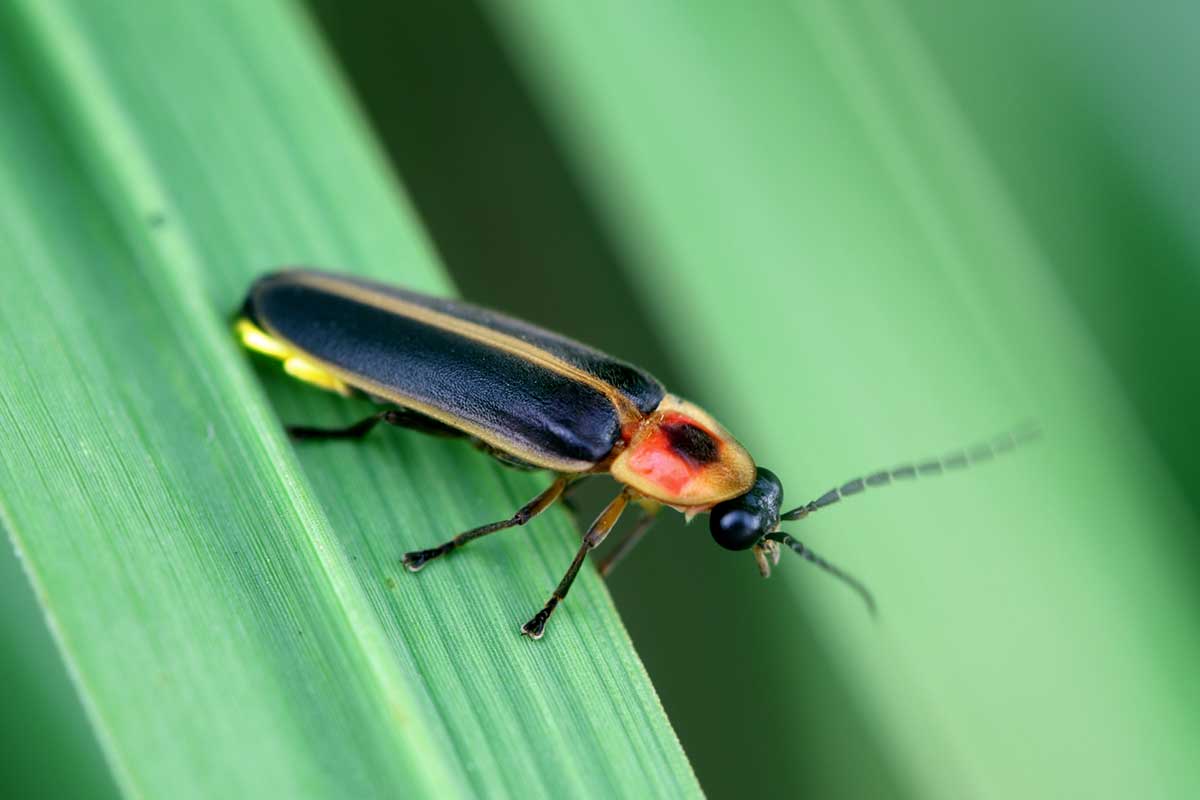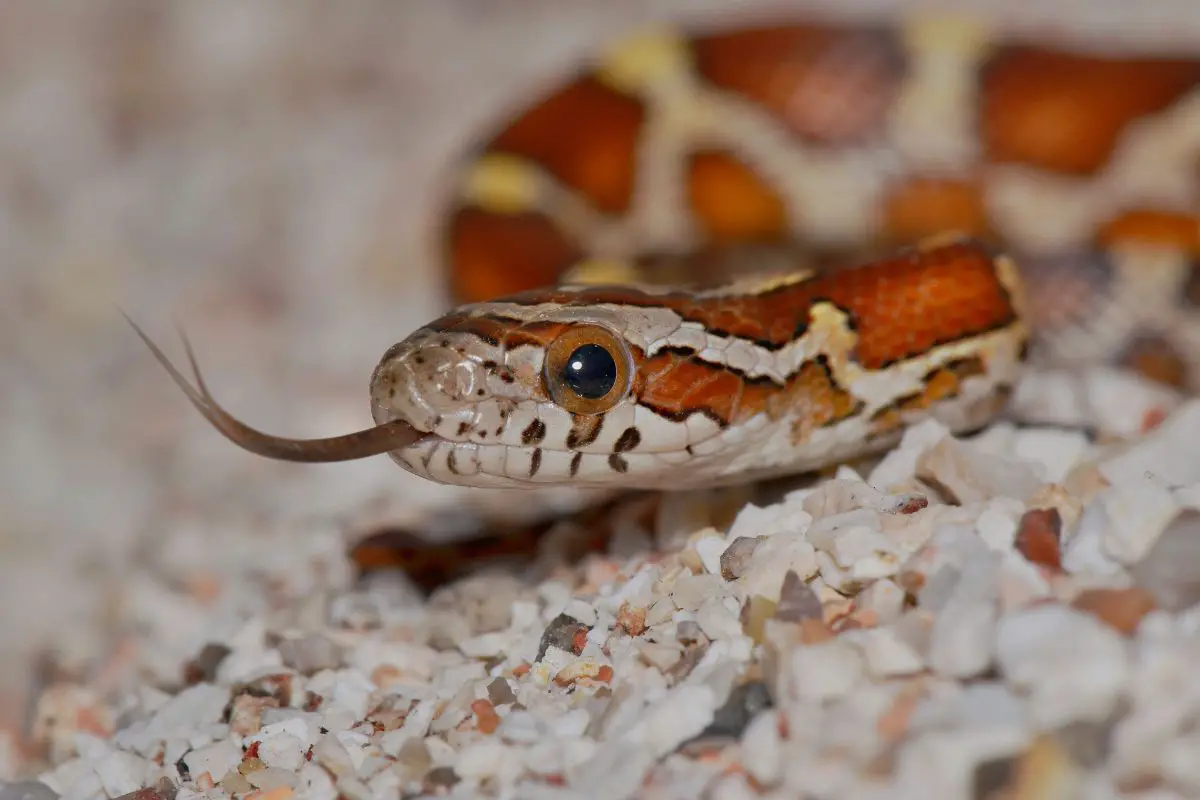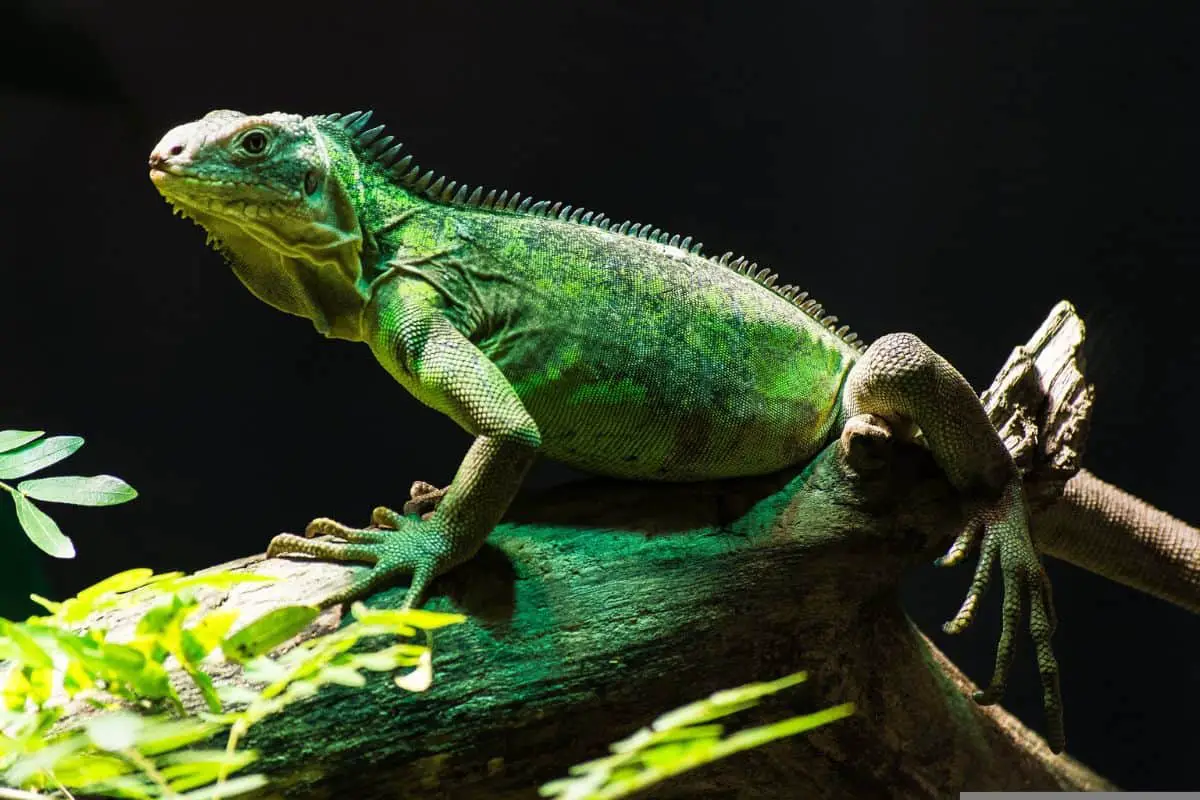Lightning bugs are a common sight in the summer, and they’re especially prevalent when it’s hot and humid. But when do lightning bugs come out?
Lightning bugs come out at different times each year, depending on the heat and humidity levels. Generally speaking, the hotter it is, the more likely you’ll see them. They typically start appearing in mid-June, but this can vary widely depending on where you live.
When do lightning bugs come out?
In areas that have an average high temperature above 70 degrees Fahrenheit during June, you’ll probably see lightning bugs around June 15th or so. In areas with an average high temperature between 60 and 70 degrees Fahrenheit during June, you might see them as early as May 15th.
Areas with an average high temperature under 60 degrees Fahrenheit during June may not see lightning bugs until July 1st or later! Lightning bugs may come out in the early spring when the weather gets warm enough for them to fly. They usually appear in southern states first, and then move northward as spring progresses.
Do lightning bugs only come out at night?
During the daytime lightning, bugs are resting up for their nocturnal activities in which they search for a mate. Fireflies are also known as lightning bugs and are bioluminescent beetles of the family Lampyridae. They are found in a range of habitats, including woodlands, fields, and meadows.
Firefly vs lightning bug
The common firefly (Photuris versicolor) is also sometimes called a “lightning bug” in North America. It is yellow-green with red eyes and can be confused with the spotted lanternfly (Lycorma delicatula).
If you see one in the daytime it will likely be dormant. Fireflies don’t typically fly during the day and are only seen at night when they can use their wings as solar panels.
Can lightning bugs bite you?
Thankfully, lightning bugs are harmless. They aren’t capable of biting or stinging humans, so don’t worry about getting bitten by a lightning bug!
Conclusion
Lightning bugs can be found in almost all 50 states of the US (they aren’t present in Hawaii), but they tend to live in warmer climates. They are most common in the southeast region of the country, but can also be found in Texas and Arizona.



